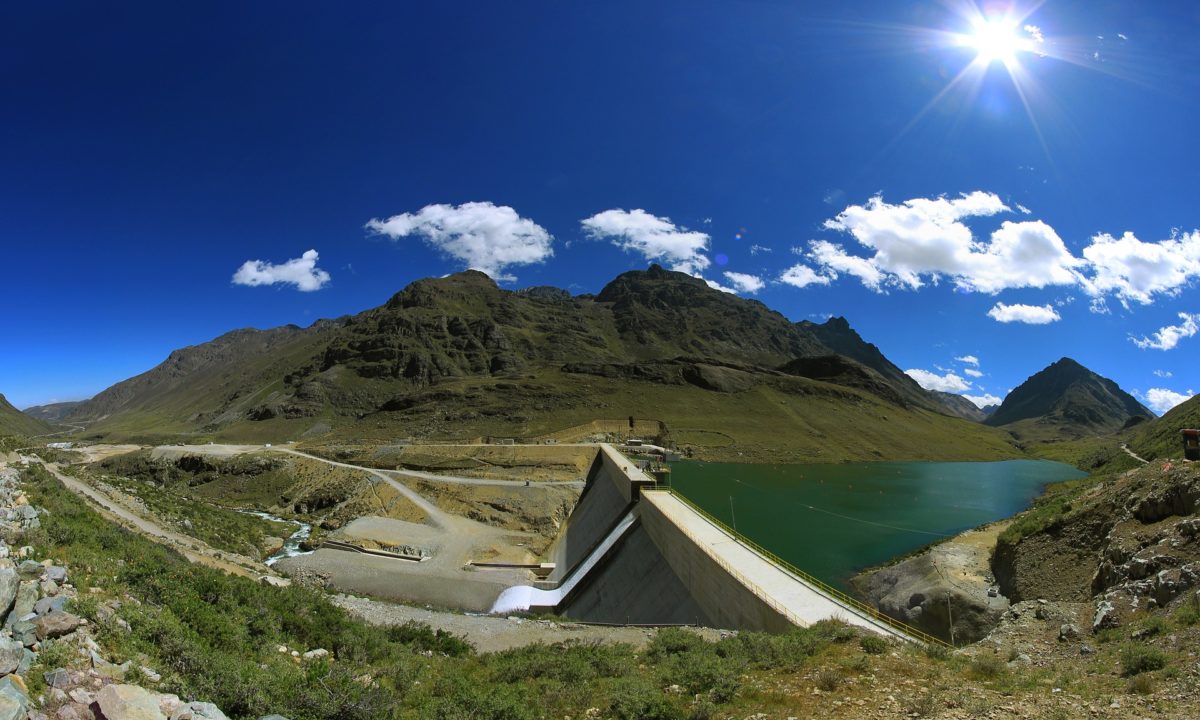Scientists at the U.S. Department of Energy’s National Renewable Energy Laboratory (NREL) have analyzed the potential benefits of hybrid power generation from floating PV (FPV) and hydroelectric stations, and identify global potential for such projects between 3,039 GW and 7,593 GW.
In the study Hybrid floating solar photovoltaics-hydropower systems: Benefits and global assessment of technical potential, published in Renewable Energy, the academics described three different project typologies: Co-location hybrid systems, where the PV installation and the hydropower facility are co-located but operated and optimized separately; virtual hybrid systems, where the two power productions are located at different sites and optimized through bilateral agreements; and full hybrid systems, in which cost and performance improvements are achieved through co-optimized planning and operation.
“In this work, we consider full hybrid FPV-hydropower systems with FPV and hydropower coupled at a common substation—allowing for their operations to be co-optimized and dispatched in concert,” the authors specified. This kind of system, they go on to say, is preferable as it pairs a variable renewable energy technology with a dispatchable one and, consequently, is highly controllable.
Added value
Among the different co-benefits that the coupling of solar and hydro brings compared to the two technologies being operated separately, the academics include improved system operation at different time scales, more opportunities for storage thanks to pumped hydro, increased utilization rates of transmission lines, reduced PV curtailment, and lower interconnection costs and water evaporation.
The team used a geospatial approach to calculate the technical potential of floating solar paired with hydroelectricity that considers only the floating PV system capacity, generation and suitable area. “This assessment does not include considerations of the hydropower capacity or generation or the hybrid operation,” they explain.
Popular content
Scenarios
According to the most optimistic scenario presented in the research, called Close to Shore, linking solar with hydro in full hybrid system configuration could result in the deployment of 7,593 GW worldwide, for an estimated annual power generation of 10,616 TWh – assuming 20% reservoir coverage.
In the most pessimistic scenario, dubbed Distant from Shore, global potential is estimated at 3,039 GW, annual production at 4,251 TWh and maximum reservoir coverage at 8%. “As we increase the maximum distance to shore and hold the minimum distance from shore constant, the potential installed capacity increases,” the researchers explained. “Also, as we increase the minimum distance (offset) from shore, the potential capacity decreases.”
The academics note that their approach does not consider project-siting constraints that developers of similar projects may encounter, and that a deep knowledge of local ground-verified data and regulations is needed to assess the real feasibility of a project. “Therefore, the technical potential results presented here are an optimistic, upper bound for global FPV-hydropower system capacity and generation,” they concluded. “Additionally, technical potential does not capture the economic or market potential for floating solar PV or potential future technology improvements.”
According to them, further research is needed to assess the costs of hybridized hydro-floating PV projects, properly size them, and address social and political concerns for their deployment, as well as policy and regulatory uncertainties.
This content is protected by copyright and may not be reused. If you want to cooperate with us and would like to reuse some of our content, please contact: editors@pv-magazine.com.



The IEA gives world gross electricity consumption in 2018 as 23,315 Twh. It’s growing, with electrication offset by efficiency gains. Let’s guess 50,000 Twh per year as a plausible future benchmark. The NREL are saying that solar-hydro hybrid plants could meet a fifth of this. Nice to know, but it’s unlikely that so much will be needed or will be competitive. But it’s perfect for Ladakh.